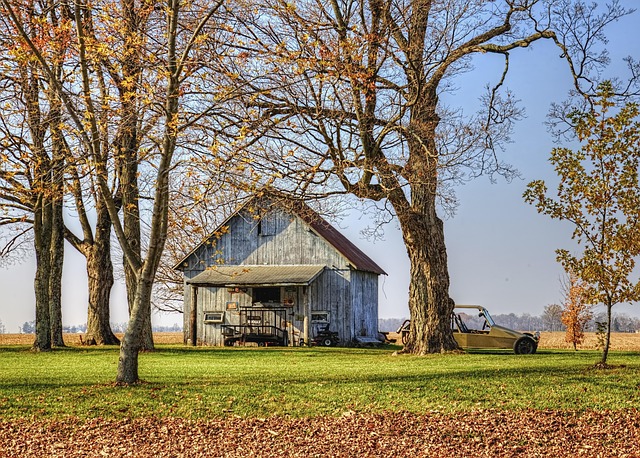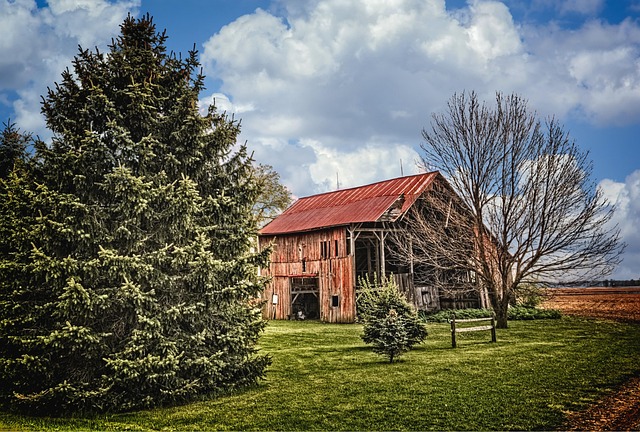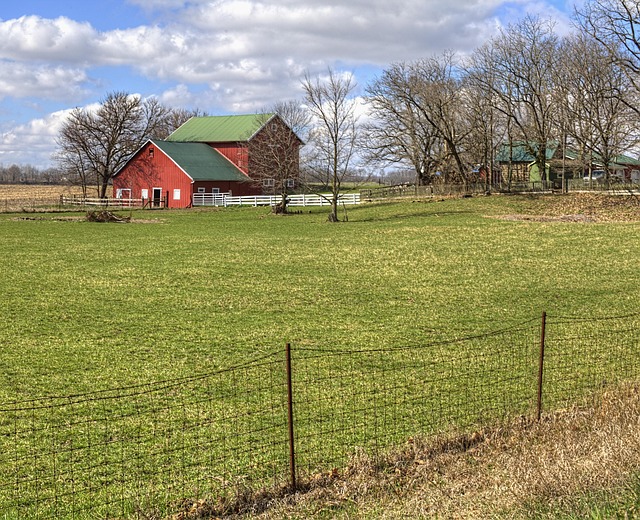Real estate trends drive workforce dynamics in close-knit towns. Growing populations boost housing demand, attracting younger professionals. Urban planning, through infrastructure investments and mixed-use developments, promotes economic growth and talent retention. Robust communities foster a sense of belonging, encouraging long-term residency. Strategic initiatives like affordable housing, vibrant neighborhoods, local events, and high-speed internet attract and retain top talent, enhancing the town's appeal to remote workers.
In today’s competitive market, close-knit towns are emerging as powerful magnets for workforce attraction. This article explores how real estate trends play a pivotal role in shaping dynamic communities that retain top talent. We delve into strategies that foster strong local economies and vibrant environments, making these towns desirable places to live and work. From affordable housing to community engagement, discover the secrets behind building communities that thrive and attract a skilled workforce.
Real Estate Trends Shaping Workforce Dynamics
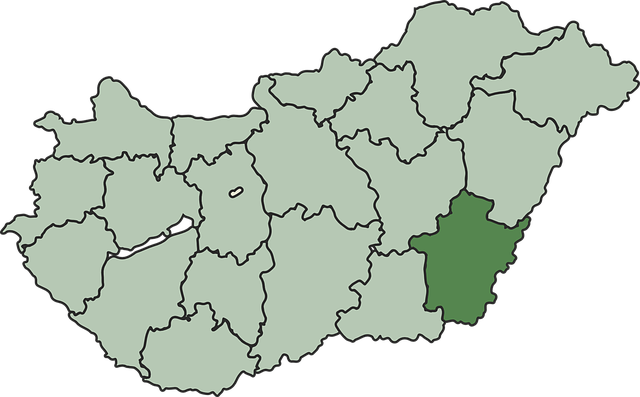
In close-knit towns, real estate trends play a pivotal role in shaping workforce dynamics. As populations grow and change, so does the demand for housing, which can influence the availability and cost of living. For instance, rising property values and limited affordable housing options might attract younger professionals who can afford to settle down, thereby enriching the local workforce with diverse skill sets. Conversely, declining real estate trends could lead to population shifts, affecting the town’s overall labor pool.
These dynamics are further compounded by urban planning and development initiatives that either foster or hinder economic growth. Towns investing in modern infrastructure, technology-focused hubs, and mixed-use developments can attract innovative companies and tech startups, creating high-skilled job opportunities. Conversely, stagnant real estate markets might struggle to keep up with the changing demands of a modern workforce, potentially leading to brain drain and an aging demographic.
Building Strong Communities for Talent Retention

Close-knit towns offer a unique advantage in talent retention by fostering strong communities that promote a sense of belonging. This is particularly evident in real estate trends where residents tend to stay put if they feel connected to their surroundings. In such towns, local businesses thrive due to the steady presence of customers, creating a positive feedback loop that encourages long-term residency.
Building and maintaining these communities involves investing in public spaces, organizing social events, and promoting local initiatives. These efforts create a sense of shared purpose among residents, making them more likely to support one another and stay within the town. As a result, workforce stability increases, reducing the need for constant recruitment and training, which benefits both employers and employees alike.
Strategies to Attract and Keep Top Workers
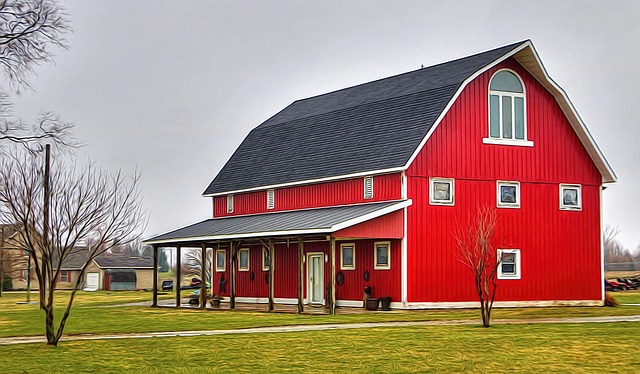
Attracting and retaining top workers is a multifaceted challenge for close-knit towns, but strategic initiatives can make these communities highly appealing destinations. One key aspect is offering competitive real estate options that cater to different lifestyles and budgets. Affordable housing, coupled with vibrant neighborhood environments, can significantly boost worker satisfaction and retention rates.
Additionally, fostering a strong sense of community through local events, social gatherings, and collaborative workspaces creates an engaging atmosphere. Investing in high-speed internet infrastructure and promoting digital connectivity further enhances the town’s appeal to remote workers. These strategies collectively contribute to building a desirable location where talent is not only attracted but also encouraged to put down roots, fostering long-term commitment to the local workforce.


